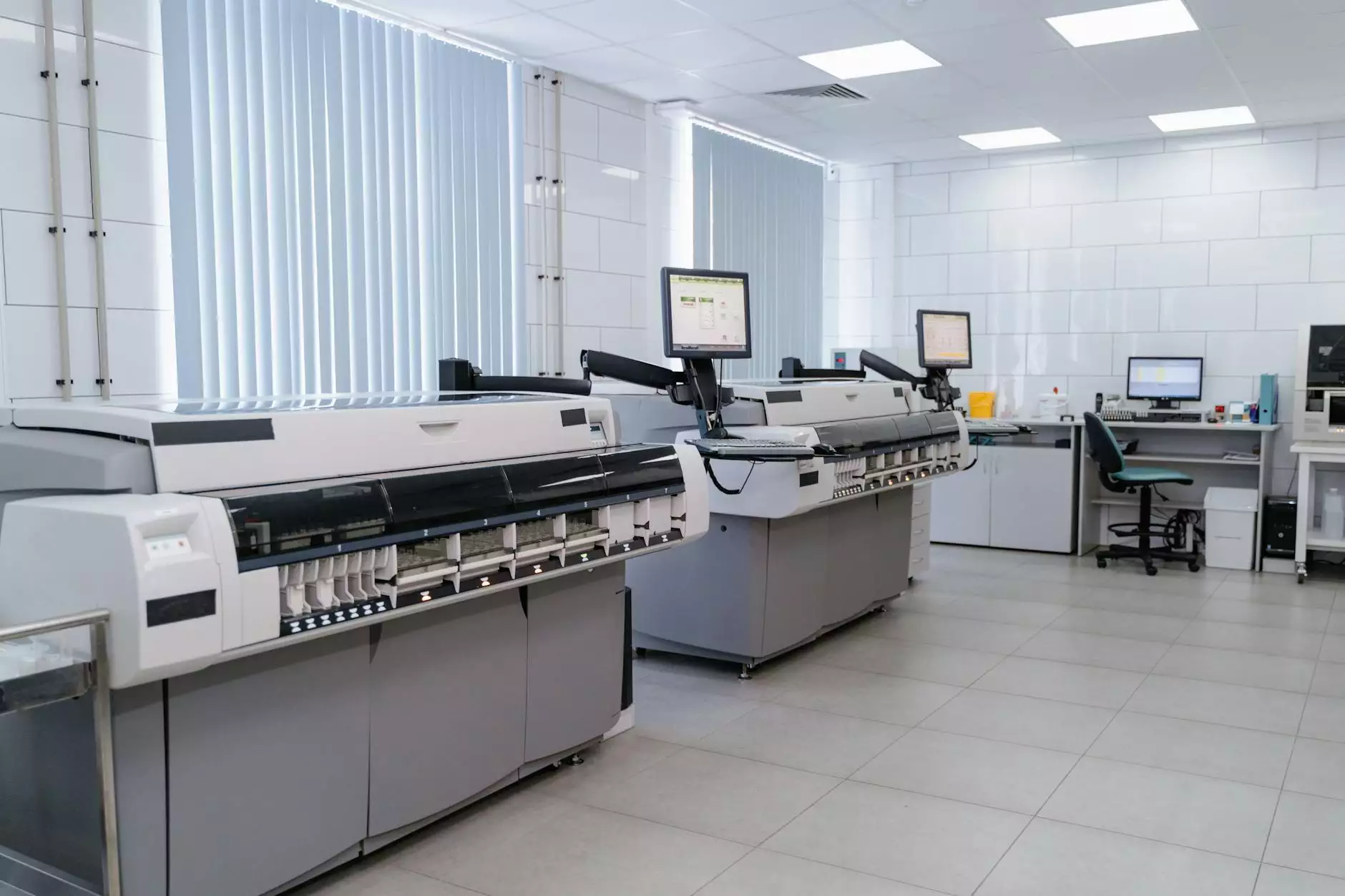Static vs Dynamic Sites: Choosing the Right Approach for Your Business

Understanding the Basics: What are Static and Dynamic Sites?
In the realm of web development, understanding the fundamental differences between static vs dynamic sites is essential for any business looking to establish a strong online presence.
A static website is a collection of fixed web pages that deliver the same content to every user. Typically, these sites are coded in HTML and CSS, and the content remains unchanged unless manually altered by a web developer.
On the other hand, a dynamic website is more complex and interactive. The content on dynamic sites can change based on user interactions, preferences, or data analytics. This is often achieved through back-end programming languages such as PHP, Python, or JavaScript, alongside databases to store data.
The Advantages of Static Websites
Static websites come with several distinct advantages that can be beneficial, particularly for small businesses or those just starting out.
- Speed: Static sites are usually faster than dynamic sites as they deliver content directly to the user without querying a database.
- Security: With fewer moving parts, static sites have a smaller attack surface, making them less vulnerable to cybersecurity threats.
- Cost-Effective: Static sites can be less expensive to develop and maintain because they do not require complex server-side technologies.
- Hosting: Static websites can be hosted on virtually any server, including basic servers, leading to lower hosting costs.
When to Use a Static Website?
Static websites are ideal in the following scenarios:
- If your website largely contains informational content, such as a digital brochure or portfolio.
- If you require a simple platform for showcasing services or products without interactive features.
- If you anticipate minimal updates to your content, making the investment in a dynamic platform unnecessary.
The Benefits of Dynamic Websites
While static sites have their merits, dynamic websites offer advantages that can significantly enhance user engagement and flexibility.
- Interactivity: Dynamic sites allow users to interact with the content, providing a customized experience based on their preferences.
- Content Management: Utilizing a Content Management System (CMS) makes it easy to update and manage content without requiring technical expertise.
- Enhanced Features: Dynamic websites can support various features such as e-commerce functions, user accounts, and real-time data.
- Scalability: As your business grows, a dynamic website can evolve to include additional functionalities, accommodating increased traffic and user demands.
When to Opt for a Dynamic Website?
A dynamic website is more suited for:
- If you need to frequently update content or share user-generated content, such as blogs or forums.
- If you are running an e-commerce site that requires user accounts, shopping carts, and payment processing.
- If your business model relies on user interaction, personalization, or data collection.
Key Differences Between Static and Dynamic Sites
To make an informed decision about whether a static or dynamic site fits your needs, it’s essential to analyze the key differences:
FeatureStatic SitesDynamic SitesContent DeliveryFixed content for all usersCustomized content based on user interactionDevelopment ComplexitySimple development processMore complex with back-end integrationOwnershipSingle page ownershipMultiple pages with shared ownershipCostLower initial costHigher initial cost but scalableLoading SpeedFaster load timesPotentially slower due to back-end processingSEO Considerations: Static vs Dynamic Sites
When discussing static vs dynamic sites, it’s imperative to consider their impact on SEO. Search engines like Google can effectively crawl both types of websites. However, various factors can influence their performance, such as:
- Loading Speed: Static sites tend to load quicker, which is a favorable ranking factor for search engines.
- Mobile Compatibility: Both types of sites should be built responsively to cater to mobile users; dynamic sites often excel in this regard.
- Content Freshness: Dynamic sites can provide regularly updated content, which search engines favor.
For businesses seeking to improve their online visibility, an SEO strategy must encompass both technical elements and content optimization.
Integrating Static and Dynamic Features
In the current digital landscape, it is also possible to combine elements of static and dynamic sites to maximize benefits. This hybrid approach can take advantage of the speed of static pages while incorporating interactive components as needed.
For example, a business-driven website may feature static landing pages for products or services while integrating dynamic elements such as:
- Blogs for regular content updates.
- User registration for personalized experiences.
- Interactive forms for lead generation.
Conclusion: Making the Right Choice for Your Business
Ultimately, the decision between a static and dynamic website depends on your specific business needs in the professional services and marketing sectors. Understanding the differences between static vs dynamic sites not only helps you make an informed choice but also sets the stage for your online success.
Consider your budget, the complexity of your content, and your future scalability requirements when making your decision. By choosing the right type of website for your business, you can create a more engaging experience for your customers and subsequently enhance your business’s online performance.
© 2023, Hughes and Co. All rights reserved.









